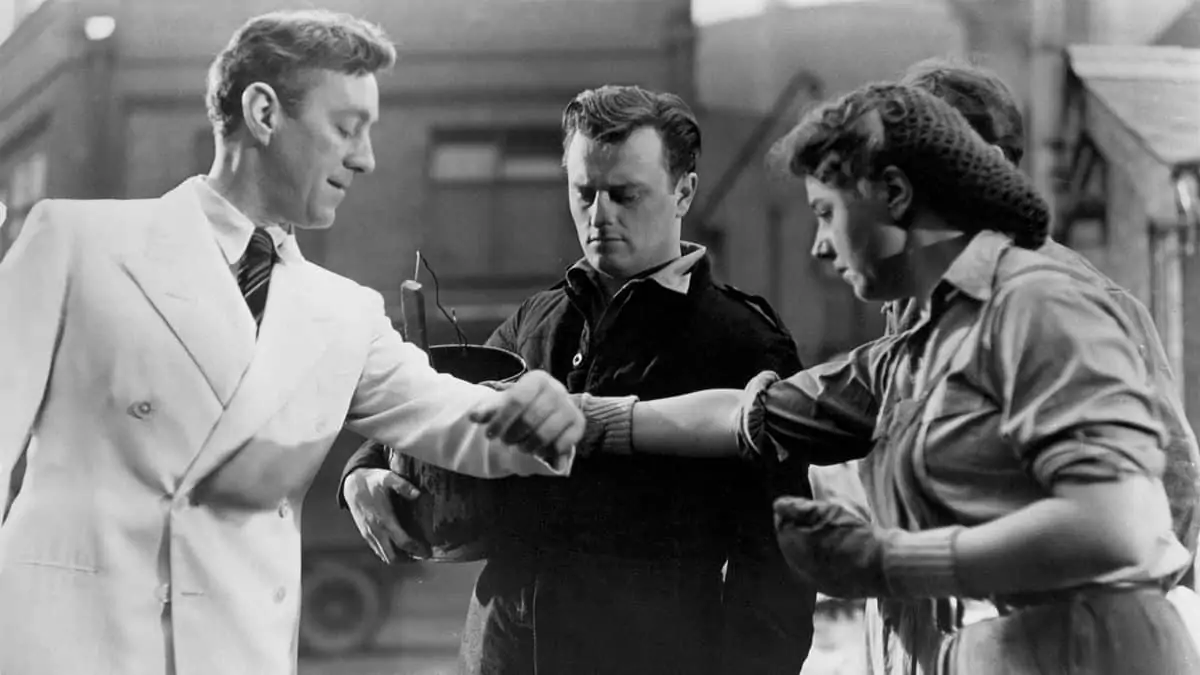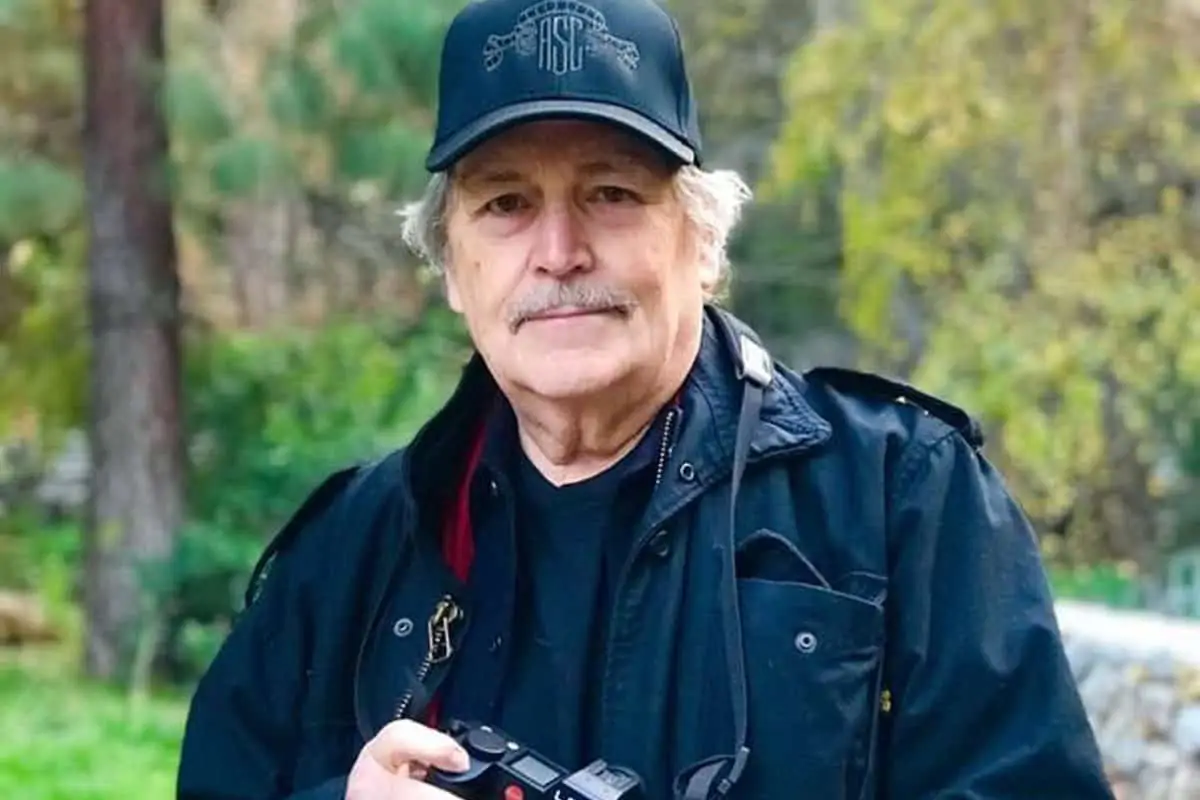Past Present Perfect
Letter From America / Roy H Wagner ASC

Past Present Perfect
Letter From America / Roy H Wagner ASC
Roy H. Wagner ASC hFRPS says cinematogaphers today have more power, and relevance, than ever.
In the midst of the greatest celebration of filmmaking at Metro Goldwyn Mayer, during the 1940s, a master cinematographer was shocked to discover that his dailies had become dramatically different. Like most of us, he was too embarrassed to confront the lab or check with other cinematographers. He questioned his system of controls – it must be his eye, his light meter. He began to order more equipment to fill shadows that he had never had to fill before. It seemed no matter how hard he tried, the film was like watching etchings.
Six months later, studio management was complaining about the higher cost of lighting equipment. While sitting at the cinematographer’s table at lunch he expressed his frustration. Much to his surprise he discovered that every cinematographer was having the same problem. The head of the lab casually admitted that the studio had demanded costs savings. “Why not speed-up the processor and slightly heat the chemistry?” In effect, they had created a racetrack chemistry, eliminating nuanced contrast, benefitting their bottom line and destroying every cinematographer’s artistic expression.
Years later a prominent cinematographer, pursuing the quest from his director to create a new way of seeing vintage images, tested a new filtration, Corals. The dailies were beautiful, the images dark and richly warm. Six months later the cinematographer, on another project at the same studio, was invited by the head of the camera department to view a check print. On their way to the screening room he casually mentioned, “I think you’ll be very pleased. We got rid of that dirty orange glaze over the images and printed it up eight points for drive-in theaters.”
The classical images that we celebrate from the golden age of filmmaking seldom saw any cinematographer’s contribution to the final image, that is unless the studio or director understood the powerful relationship of the images’ creator to the final film. Their work was virtually finished upon completion of photography. After all, the image was already “baked-in” at the moment of capture. There was very little that could be done to alter what had been created on-set.
The difference between dailies, check prints from the original negative and release prints from intermediate print material could destroy any innovation outside fixed standards defined by the studio or the lab. Even worse was the lack of control from theatre to theatre. The very same print screened at different theatres often looked completely different.
"We are at the frontier of a new age of invention and personal expression as visual authors, and the power of the moving image and its authors are more relevant today than even during that golden age of film."
- Roy H Wagner ASC
Cinematographers invented tricks to cheat the added contrast caused by duping the original image – from pre and post-latensification, diffusion and filtration, through to the old reliable – expose for the shadows, print for the highlights. Conrad Hall ASC had a trick he would use to ensure that early, unforgiving television broadcast would not compromise his images. He would try to have a light source or highlight in the frame that registered at 100IRE. It allowed his shadows and blacks to remain, with the engineers incapacitated to alter the fixed white light.
In my early years I was asked by a very famous stills photographer, “Why do you want to be a cinematographer? That’s not real photography, for you don’t control the final image.”
During the 1960s, with the loss of studio contracts, cinematographers demanded more money and power. Cinematographers names were more recognisable. We could demand better terms, one of which was more involvement with the finishing of our images.
The game changed dramatically with the advent of negative or intermediate to electronic beam recorder scans. It took many years before we could use power windows or alter secondaries or pixels. We were gaining prestige and recognition, yet seemed to be falling back into a world where we were less welcome in post production suites. Granted, with delivery times shortened, and our availability, we were stumbling back into the dark ages. With the buying and selling of post facilities it seemed that it was more important for them to secure volume and persuade the studio to trust the post supervisor and colourist to do our jobs. Who could doubt their experience after all? They were grinding out hundreds of hours of images every week. Surely they could “find” the image amidst the delivered material.
Once again, back into the dark ages with our common assertion that we had lost control of the image and lost respect for our position.
I’m not so sure I agree. We never really had any respect other than within that small group of like-minded partners, who knew of our value to the final image. During the golden age there was only so much that we could do technically.
The significance of our visual signature has never been more important than it is in today’s remarkable rapidly evolving technology.
How much would many of our past visual authors desire to have had our new techniques and technology? As much as they might hate the free-for-all that’s become production, they would love the powerfully nuanced image control that continues through production into post.
Truly the image is not completed until far after the moment of initial capture. With the respect of partnerships understanding our value, we have more power than the finest stills or motion picture photographer ever.
We are at the frontier of a new age of invention and personal expression as visual authors. The power of the moving image and its authors are more relevant today than even during that golden age of film.











